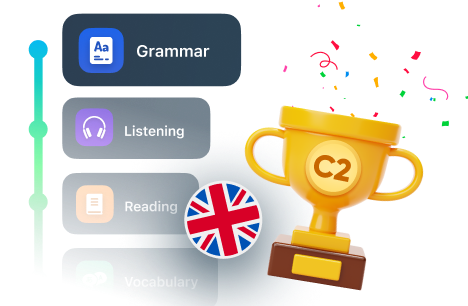
Demystifying the Many Meanings of the Verb “To Get”
Oh, the humble-looking verb “get.” It’s short, sweet, and seemingly straightforward. But hold on, hold your horses, my friend, appearances are deceptive because “get” is an English chameleon, changing its meaning faster than you can say, “I got confused.” Don’t worry, though, because we’re about to untangle this grammatical enigma and equip you to wield “get” like a linguistic ninja.
Let “get” to the basics
First things first, “get“ can mean to acquire, receive, or obtain something. Simple, right?
I got a new book.
She got a promotion.
Got it? But wait, there’s more!
Going places with “get”
Get can also be about movement, like reaching a destination.
I got to the airport just in time.
It can even show progress, like “The cake is getting done.” Or, if you’re feeling ambitious, “Get climbing!”
Getting things done (and not done)
“Get” is your go-to for action. Want to start something? “Get cooking!” Need to finish it? “Get it done!”
Getting emotional
This little verb can pack a punch in the feels department.
I get it. (Empathy).
That joke got me good. (Laughter).
Don’t get mad. (Advice).
I’m getting worried. (Concern).
Getting fancy with phrasal verbs
Get ready to level up your language game with phrasal verbs. These multi-word combos with “get” add new dimensions to your sentences. Let’s “get started”: “get over it,“ “get along,“ “get ahead,“ the list goes on and on!
Getting the point
“Get” is one of the most universal verbs in English. It’s informal, formal, powerful, and playful. So, embrace its many faces and use it with confidence! Remember, context is key. The more you “get” the context, the better you’ll “get” how to use “get.”
Bonus tip
Want to sound like a native speaker? Use “get” idioms like “get cold feet,” “get the message,” or “get a grip.”
Now go forth and get yourself some linguistic mastery! And if you still don’t “get” something, a tutor can help you. We’ll get through this together!


















